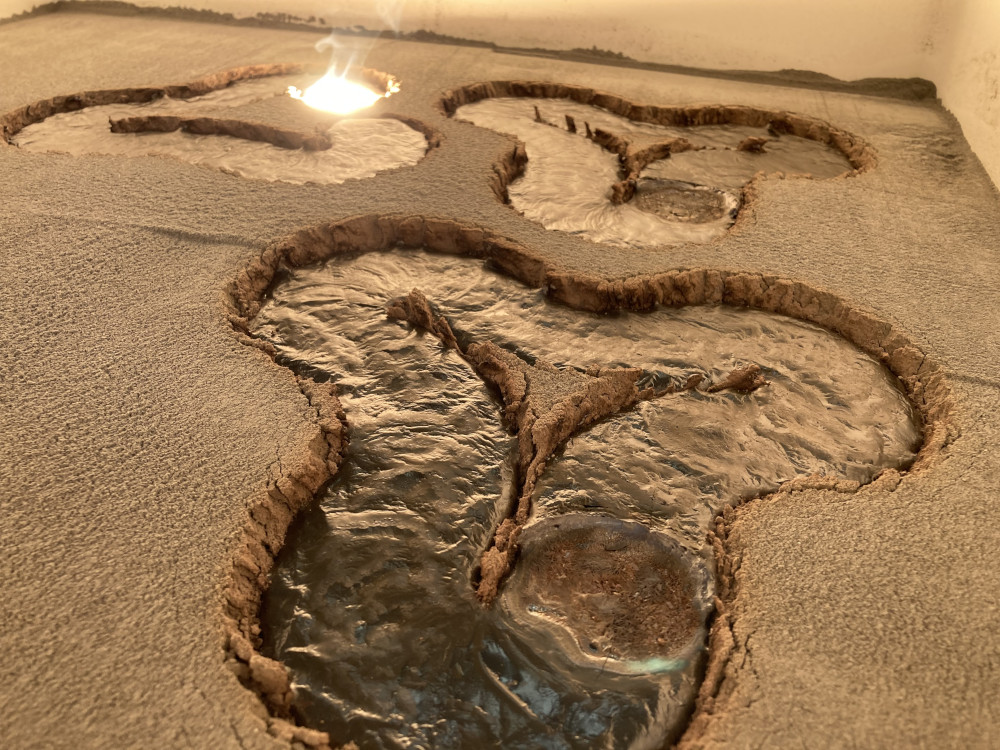
28 Dec Paving the moon: 3D-printed tiles made of dust
Moon dust poses a considerable challenge for lunar missions when it is stirred up: Due to the low gravity on Earth’s satellite, it tends to float for a long time and can therefore damage machinery, devices and equipment. Permanent lunar bases are therefore dependent on fixed infrastructure, roads and landing sites to minimize the dust problem. However, it would be extremely time-consuming and therefore extremely expensive to transport building materials from Earth to the Moon for this purpose. It would be much more advantageous to use the fine dust on site. With the help of innovative 3D printing technology and moon dust, the construction of roads and landing pads on the moon could be within reach.
Moon dust as a building material
As part of a joint study by the Bundesanstalt für Materialforschung und -prüfung (federal Institute for Materials Research and Testing) (BAM), Clausthal University of Technology and Aalen University, researchers experimented with laser beams of different strengths and sizes (up to 100 mm diameter and 12 kW power) to transform moon dust into a robust building material. To do this, they used a fine-grained material (EAC-1A) that is officially declared by the European Space Agency (ESA) to be the equivalent of moon dust.
The researchers explain that the large focal spots of the laser can reach high speeds of movement when melting the material into solid, extensive structures, which would be essential for the construction of roads and landing pads. However, the experiments showed that when the laser beams overlap, the high energy density leads to high temperature differences and stresses in the material and consequently to cracks. For this reason, the interdisciplinary team developed triangular, geometric shapes with an opening in the middle, in which the laser beams do not overlap during printing. The result is paving stone-like solid surfaces that, according to the researchers, interlock perfectly.
Sunlight instead of lasers
On the moon, the laser, which would weigh over a ton and be too heavy to transport to the moon, could be replaced by a high-index lens several square meters in size. It could focus the sunlight in such a way that it replaces the intensity of the laser. Such a foil-based Fresnel lens could weigh less than ten kilograms and could therefore be easily transported to the moon, the team explains.
The project is being funded by ESA as part of the Discovery program. Further experiments are planned with the ESA and the German Aerospace Center (DLR).
Original publication:
[Ginés-Palomares, JC., Fateri, M., Kalhöfer, E. et al., Laser melting manufacturing of large elements of lunar regolith simulant for paving on the Moon, Sci Rep 13, 15593 (2023). https://doi.org/10.1038/s41598-023-42008-1]
Competence Centre Additive Manufacturing AM@BAM
Information on the Paver project (experiment with lunar regolith simulant)
Source and image: www.bam.de






